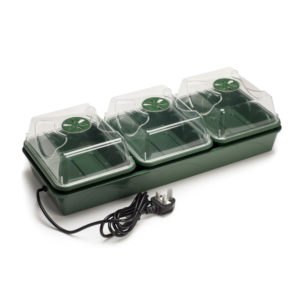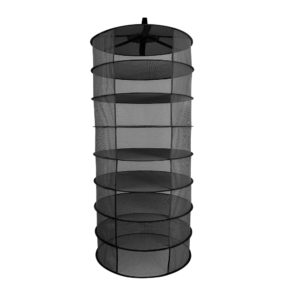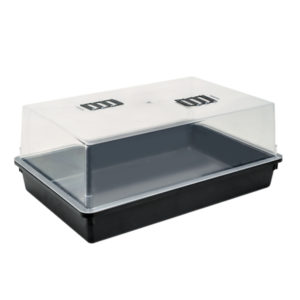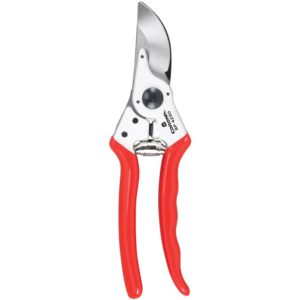Autumn is an important season of the year when it comes to tidying the garden and preparing for winter, and pruning is a key part of it. ?
Pruning can be defined as trimming by cutting away dead or overgrown branches or stems to promote growth. But it’s important to use proper timing and the correct tools, or you risk causing more bad than good.
Our article on pruning in September will inform you about which plants in your garden need your attention (and shears!) this month and how to give them the best care.
What to prune in September?
September presents us with a good opportunity to prune evergreen shrubs or hedges such as Abelia, Shrubby Honeysuckle, Privet, or English Yew, as well as fruit bushes. Climbers like Common Jasmine, Common Honeysuckle, Climbing Roses, and Passion Flower can also benefit from September pruning.
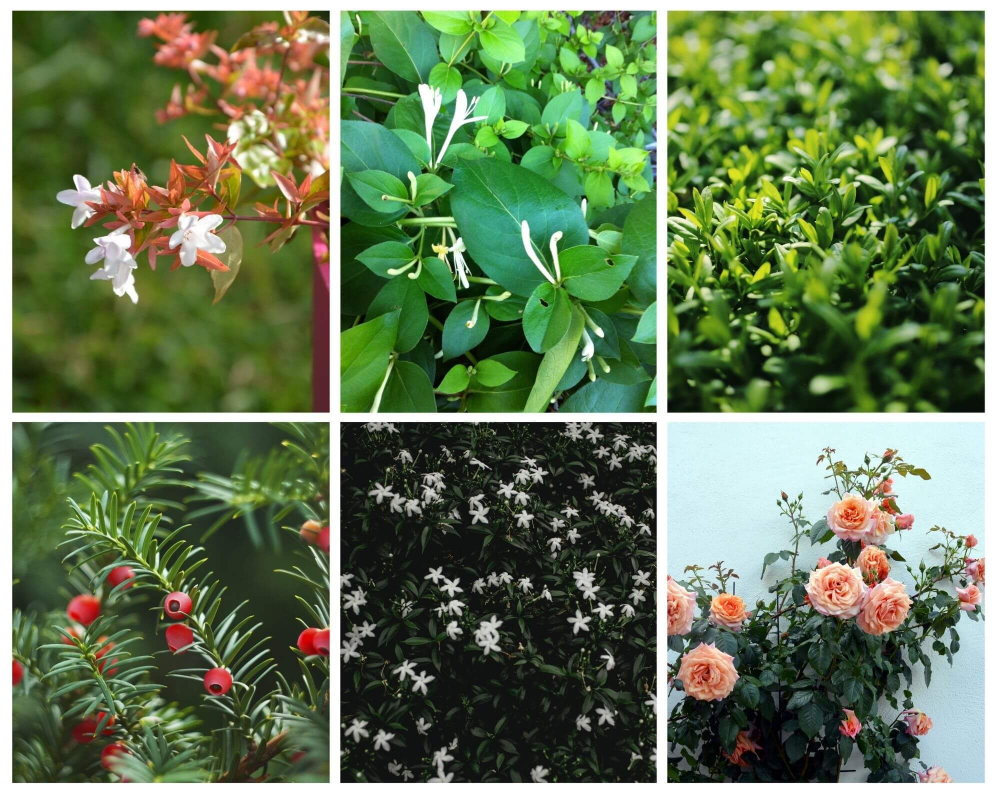
Some conifers (e.g. Leyland Cypress, Arborvitae, Cypress, and Juniper) can also have the tips of their branches lightly trimmed. As for deciduous trees, they are not generally pruned in September, however, you can work on your Birch and Hornbeam trees.
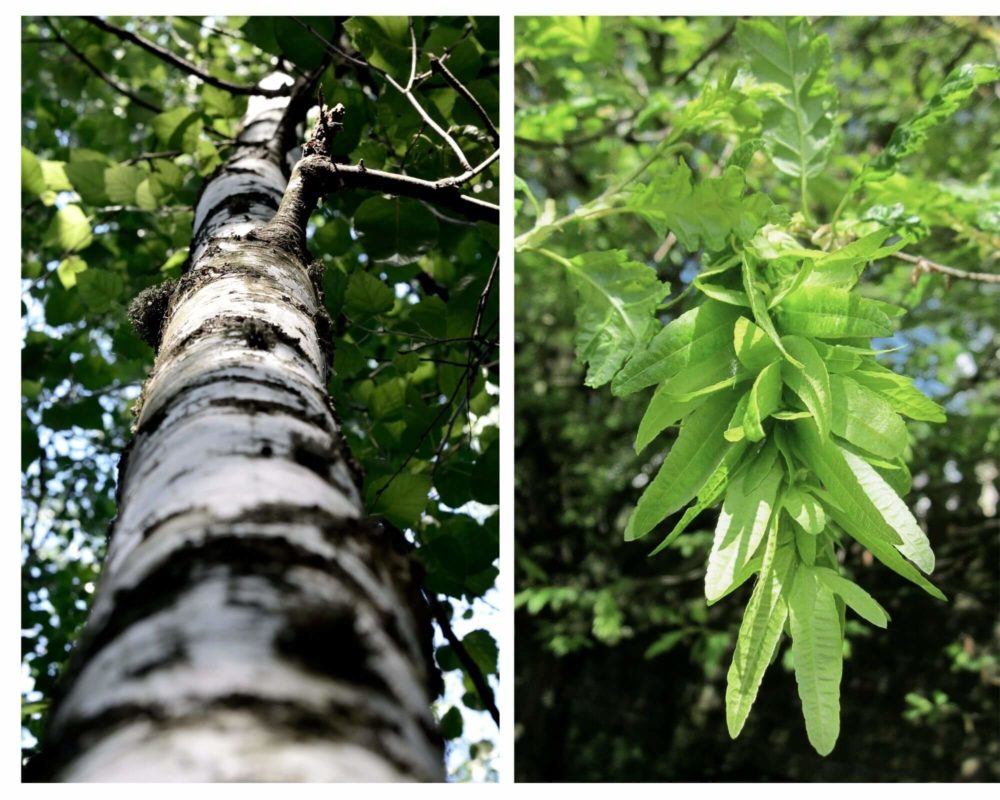
What are the different types of pruning?
The type of pruning you need to apply depends on what you aim to achieve.
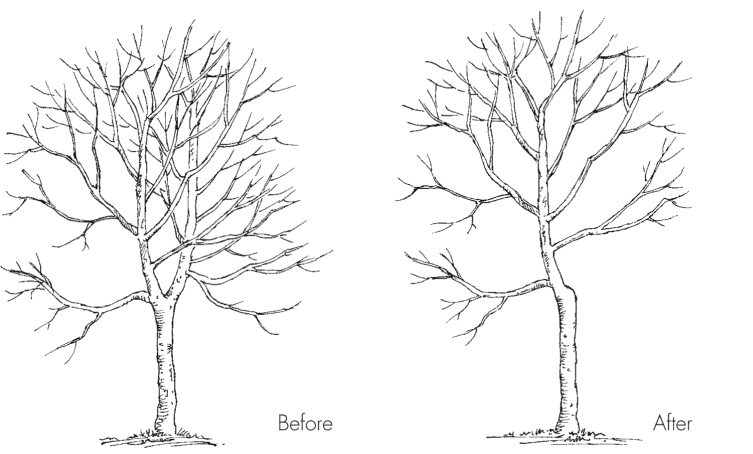
✂️ In general, Cleaning is the preferred pruning method as it focuses on dead, diseased, or broken branches and does not remove live branches unnecessarily.
✂️ Other tree pruning methods include Raising the crown of the tree by removing lower branches, and Thinning, which provides light penetration and better air flow by removing some secondary branches.
✂️ Reduction, on the other hand, reduces the overall size of the tree. This takes a lot of skill and knowledge about the tree species and its health.
✂️ Other techniques include Topping (cutting thick tree branches leaving large stubs) and Lion’s tailing (removing a lot of inner branches). However, these are considered very harmful and should be avoided altogether.
Trees
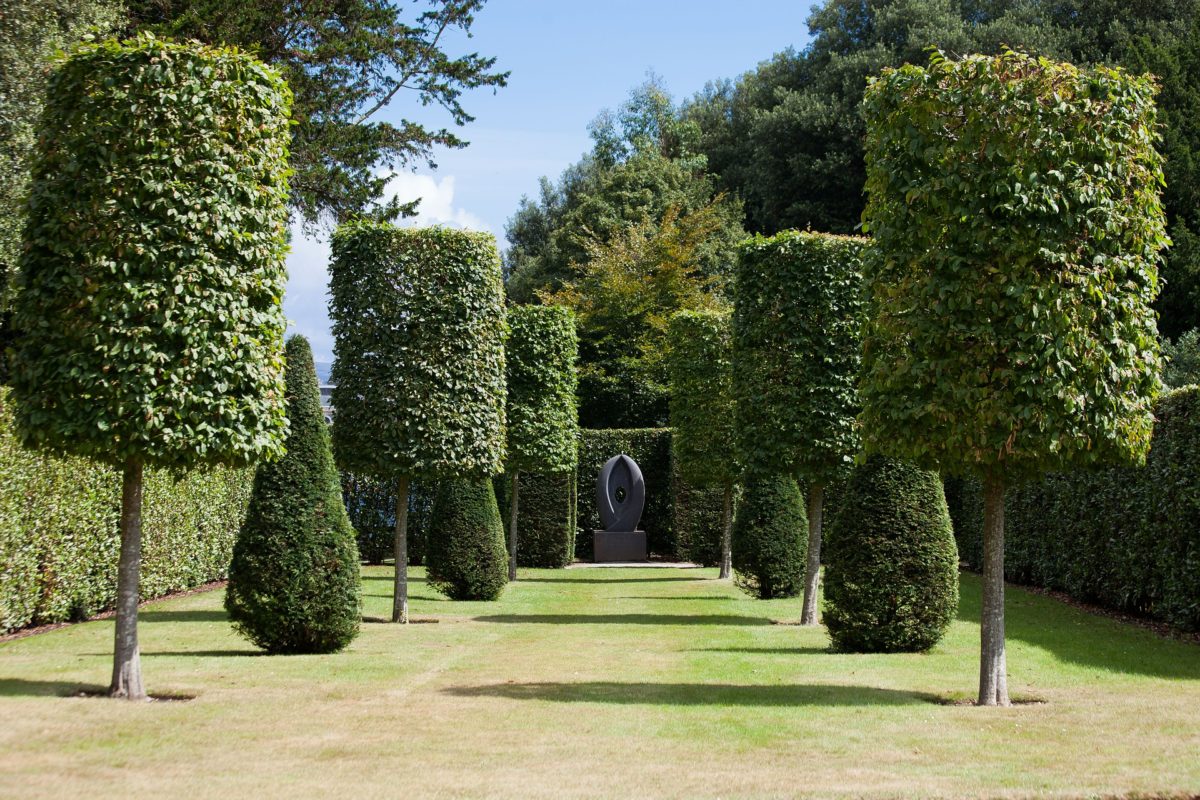
What is the best season to prune trees?
The best season to prune trees is while they are dormant, or generally between November and March. This means waiting for them to lose their foliage and cease growth, but before forming buds.
For fruit trees such as the apple tree, prune in late winter. With plum trees, on the other hand, you should wait until spring for young trees and mid-summer for mature ones. For your bay tree or pine tree, pruning season also starts in spring, while bonsai trees are pruned in spring and summer.
How do you prune a tree shape?
Guide
Start by removing crossing, diseased, damaged, dying or dead branches. Shorten each main branch a bit, but don’t prune young side-shoots unless they are overcrowded. Remove branches that are growing towards the centre of the tree, or any that are sticking out and giving the tree an odd shape.
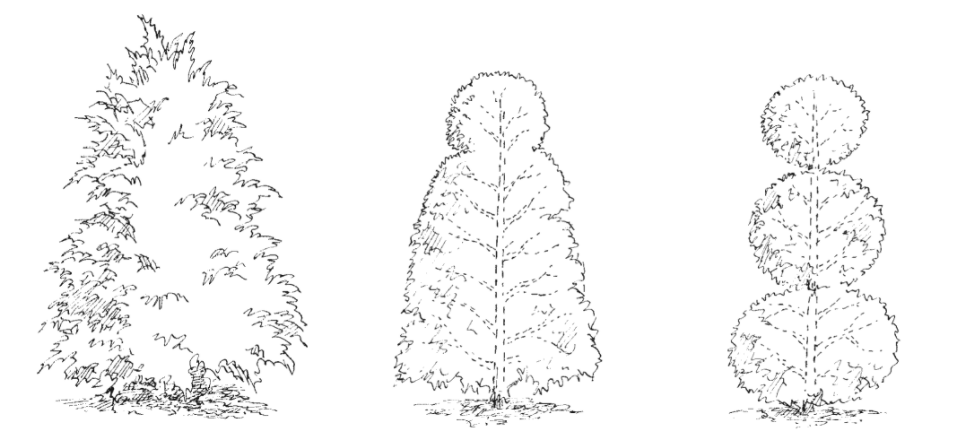
Tools
You can use secateurs, loppers and a pruning saw, which are sharp and have been properly cleaned and stored.
Shrubs / Bushes / Hedges
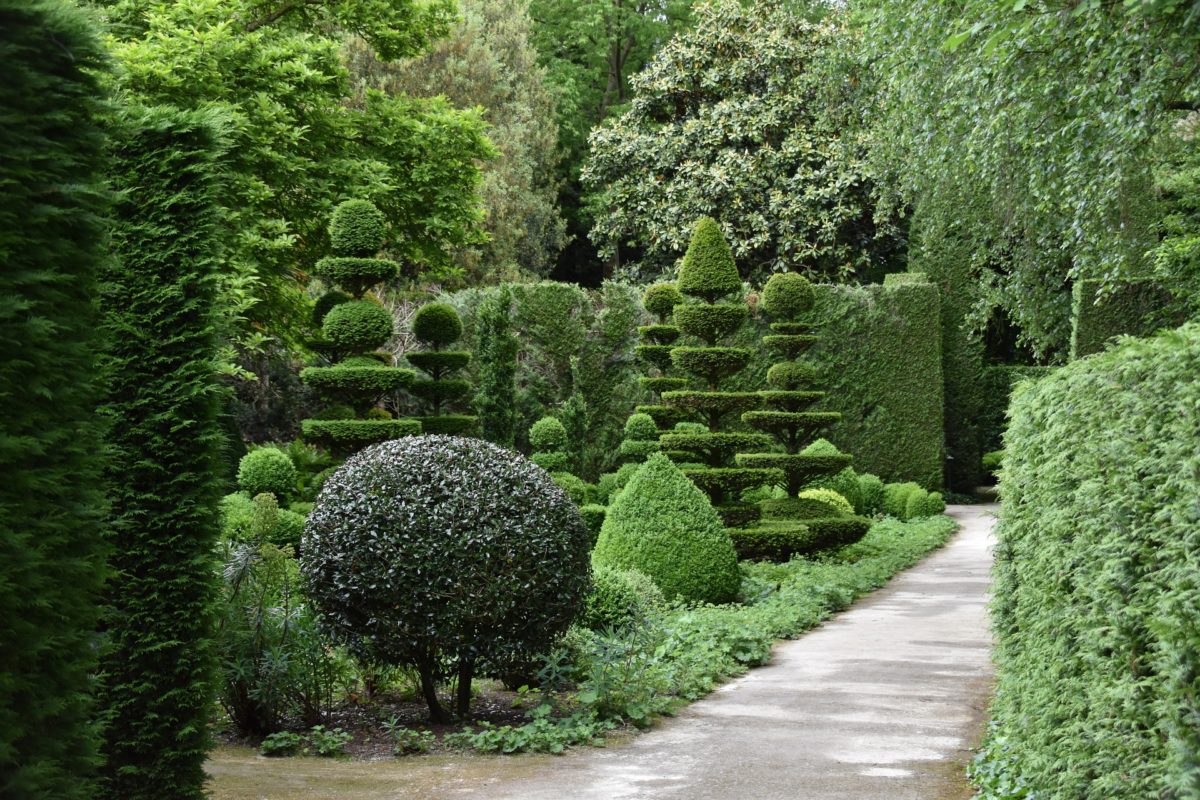
How to prune shrubs into shapes?
Guide
When pruning bushes into shapes, wait until spring and begin by removing any old, damaged or diseased branches. Cut crowded shoots and unsightly ones that spoil the shrub’s shape. If you’re pruning immediately after flowering, your first step would be to remove any deadhead (old flowers).
If you’re pruning boxwood shapes, ensure that you trim them lightly, focusing on the most recent growth. Excessive shearing or the removal of larger branches could prevent the shrub from recovering. Note that younger boxwood plants benefit from frequent shearing, as opposed to mature ones.
Tools
Use hand shears or electric hedge clippers to shape your shrubs. For tall hedges, extendable handles may be necessary. Secateurs are useful for the occasional thicker stems.
Roses
Most rose varieties are pruned in mid-February and early March, depending on your location and climate. Can I prune climbing roses in September, you might ask? Climbers are generally pruned between December and February, but you could opt for a late autumn trim as well.
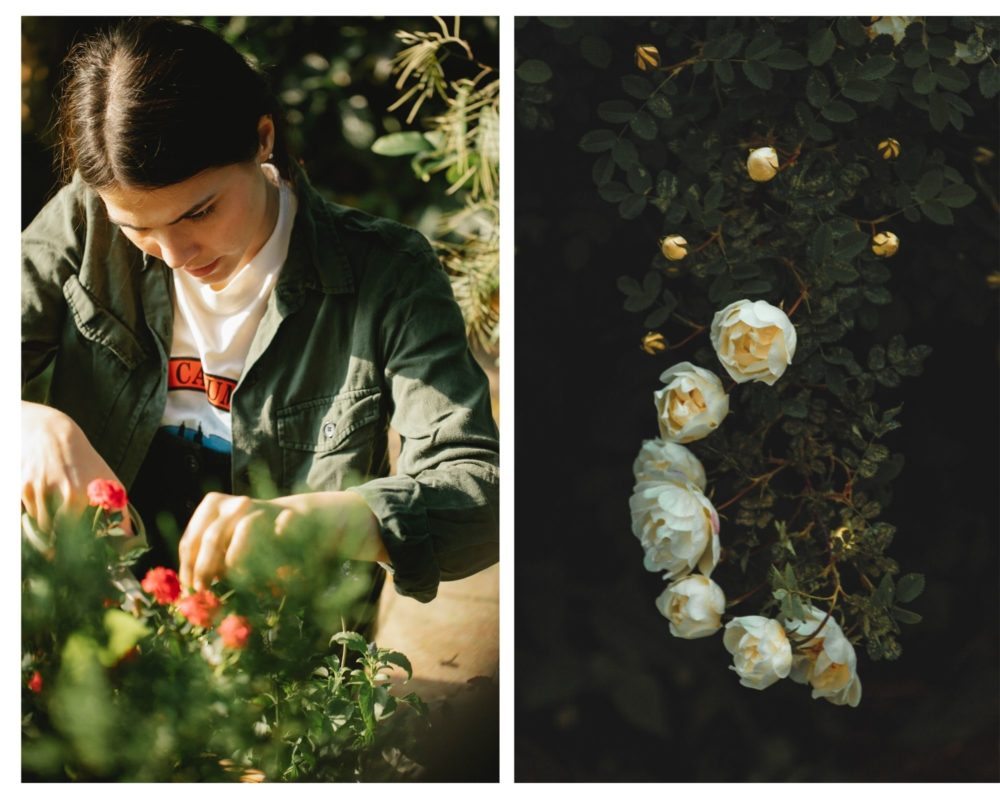
Guide
If you’re wondering how to prune roses in September, simply proceed as follows: Make a cut up to 5mm above an existing bud with a clean pair of sharp gardening shears, any more than this and your plant might find it difficult to produce new growth from this stem. It is very important to angle your cut away from the plant as this prevents rain water from collecting and dripping towards it causing disease.
When pruning climbing roses in September, remove diseased, dying or dead branches first. Tie in new shoots to your support structure as necessary to fill gaps. Flowered side shoots should be cut by two thirds of their length. You can cut several old branches from the base but only if your plant is too congested.
ℹTo achieve a well-balanced rose, it’s important to take good care of this capricious plant year-round, from planting to watering and feeding.
Tools
Usually, a good pair of secateurs will suffice. You may need loppers (or a small saw) to cut larger stems to the ground. Of course, don’t forget a thick pair of garden gloves!
Vines / climbers

Guide
As a general rule, plants that flower on the previous year’s growth are pruned after flowering, while flowering on the current year’s growth are pruned in late winter. The specifics depend on how vigorously your plants grow, but some steps are the same across the different pruning groups. For example, you should tie in new growth regularly and tie in side shoots to fill any gaps. Also, don’t forget to prune back long shoots and cut dead and overly tangled ones.
Tools
In most cases, a pair of pruners will do the trick. Use loppers for thick stems and a pruning saw for any thicker branches.
Propagating with Cuttings
Propagating plants from cuttings is one of the most commonly used methods of propagation. With softwood cuttings, collect about 10cm of non-flowering shoots, generally just below the leaf joint or node.
With hardwood cuttings, cut 15-30cm sections from healthy shoots from this year’s growth. Depending on the type, cuttings are then prepared accordingly and inserted into the ground, pots or a closed propagator case.
Alternatively, if you wish to grow new plants from seeds you’ve collected, use a drying net to ensure your seeds have been properly dried, and a good propagator to grow healthy seedlings.





